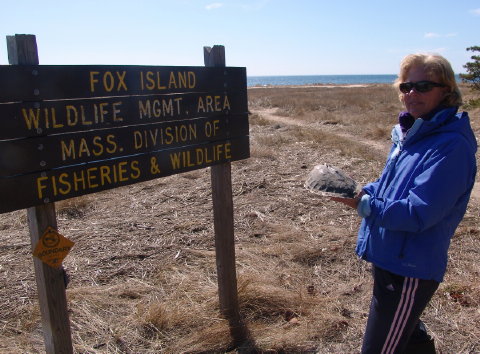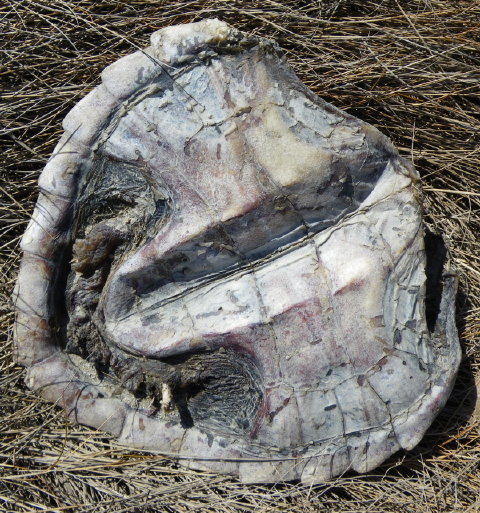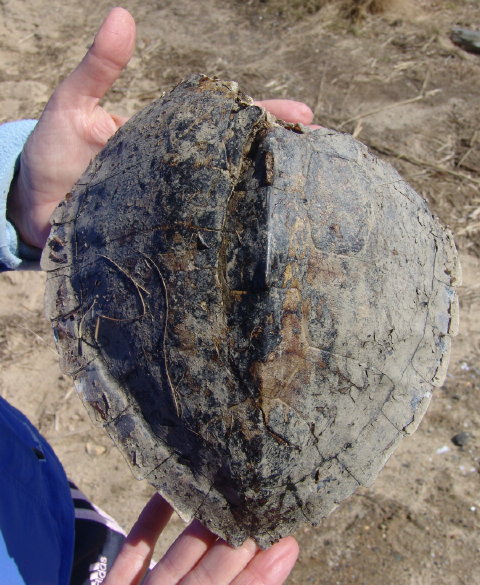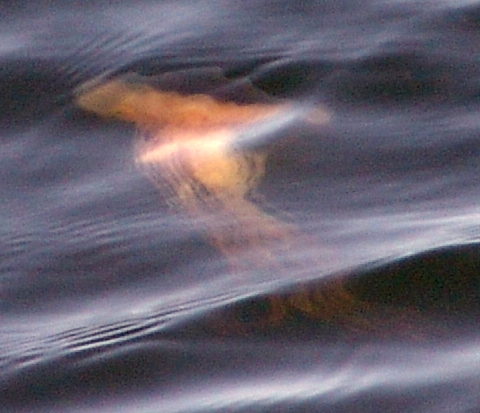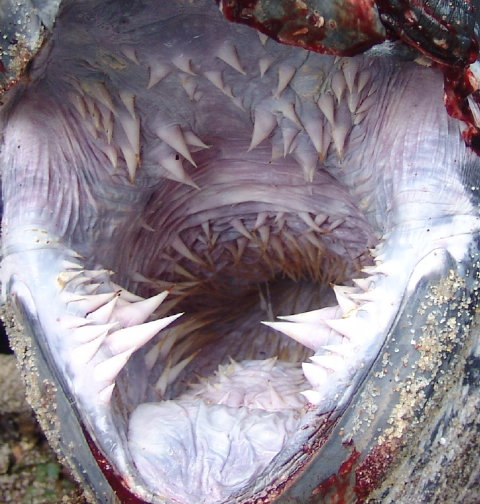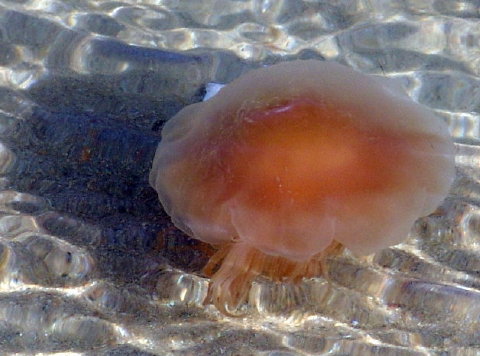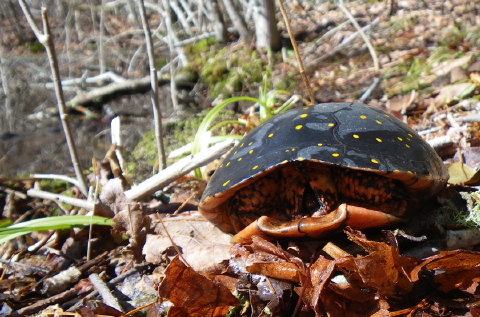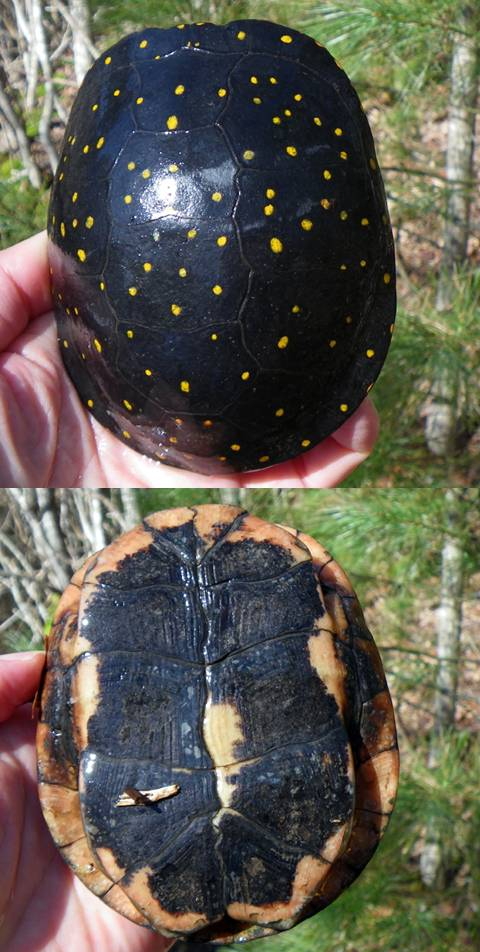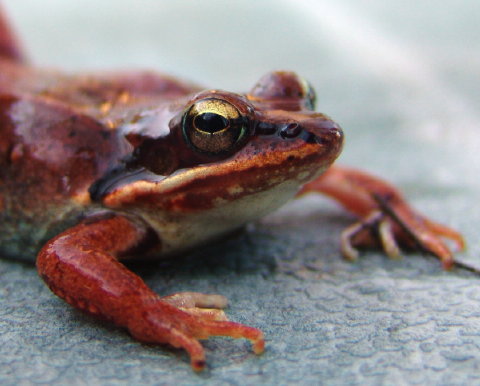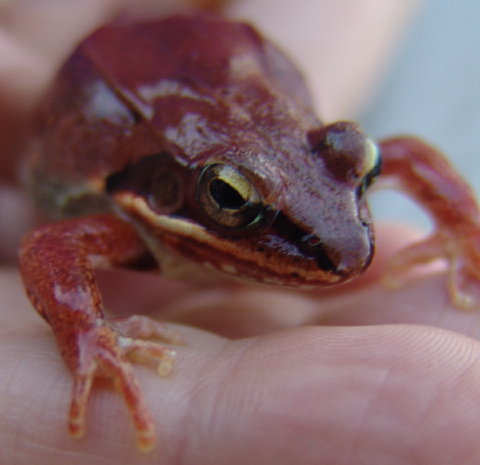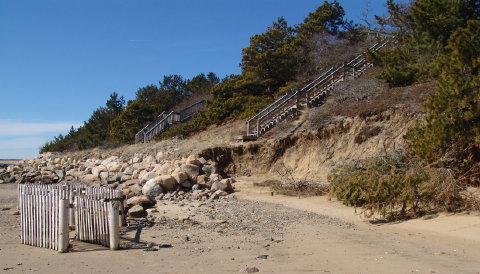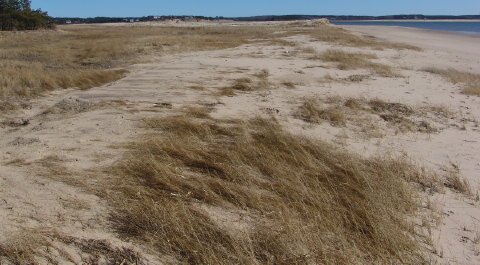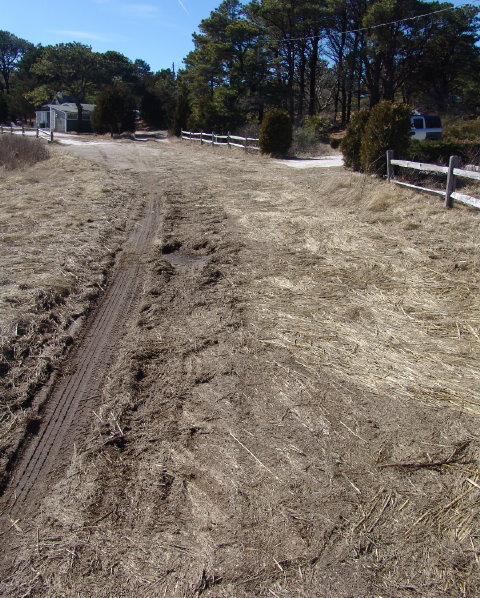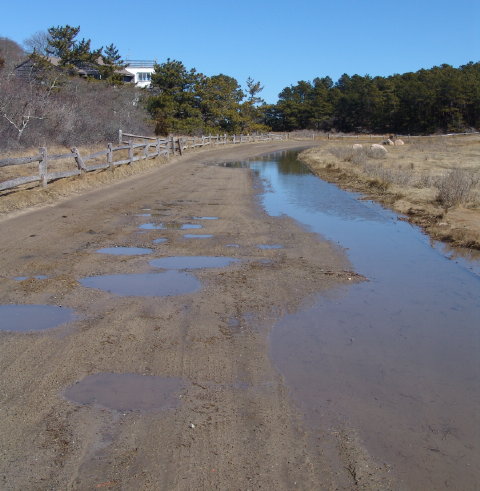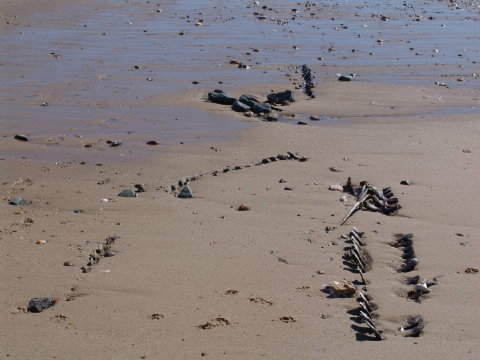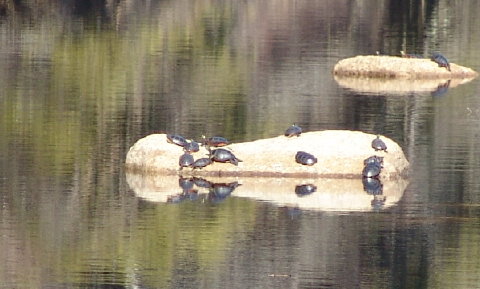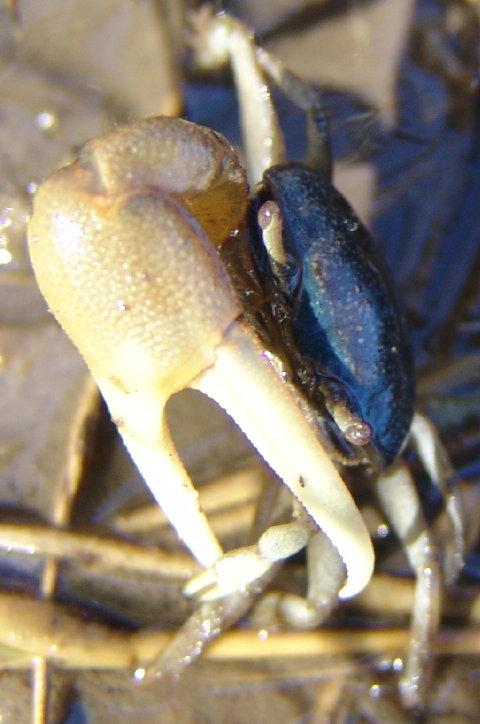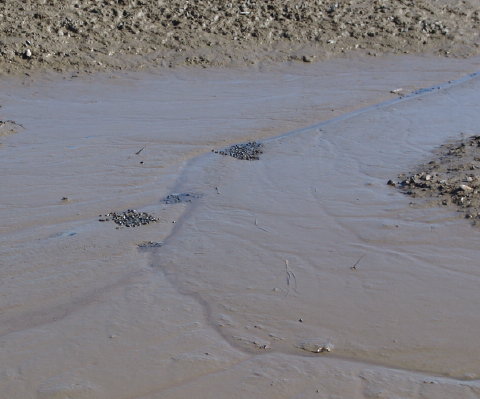Sue Wieber Nourse with Kemp’s Ridley Sea Turtle
Each year dozens of juvenile Kemp’s ridley sea turtles, one of the most endangered marine species in the world, get trapped in Cape Cod Bay and wash ashore cold stunned and near death in November and December. Occasionally, a carcass gets trapped under ice or buried in salt marsh wrack, only to resurface in the spring thaw.
Sue Wieber Nourse Discovers Kemp’s Ridley Carcass
On March 18th, Sue Wieber Nourse of Turtle Journal spotted a Kemp’s ridley carcass in the salt marsh of the Fox Island Wildlife Management Area off Blackfish Creek in South Wellfleet on Outer Cape Cod. The Turtle Journal team has been patrolling this Indian Neck salt marsh all winter because it had in the past yielded diamondback terrapins that had become trapped in lethal debris when returning to brumation in its salt marsh channels. Luckily, this year we recorded no such deaths.
Plastron of Kemp’s Ridley after Post Mortem Depredation
This juvenile Kemp’s ridley, estimated at approximately two years old, most likely emerged in 2007 from the beaches around Rancho Nuevo, Mexico. Cold-stunned in Cape Cod Bay last November, it floated into the Blackfish Creek salt marsh system and became trapped in ice or thick wrack until the spring flood tides released it. Predators had found this turtle as witnessed by the post mortem depredation of nearly every bit of soft tissue.
Carapace of Kemp’s Ridley Sea Turtle Carcass
The carapace (top shell) of the Kemp’s ridley measured approximately 22 cm straight line length. We had to estimate the measurement because, as can be seen below, a large predator had gnawed the leading edge of the carapace.
Post Mortem Depredation of Cold-Stunned Kemp’s Ridley
As with all sea turtles recovered on Cape Cod, we delivered the Kemp’s ridley carcass to Mass Audubon’s Wellfleet Bay Wildlife Sanctuary where Bob Prescott serves as the director and also doubles as the sea turtle rescue coordinator for the Commonwealth.
Don Lewis Releases Kemp’s Ridley into Nantucket Sound
To see a live Kemp’s ridley juvenile rescued from Cape Cod Bay and released into Nantucket Sound, see the Turtle Journal posting “Saving a Critically Endangered Sea Turtle” from September 2008. The video clip above comes from that rescue.
